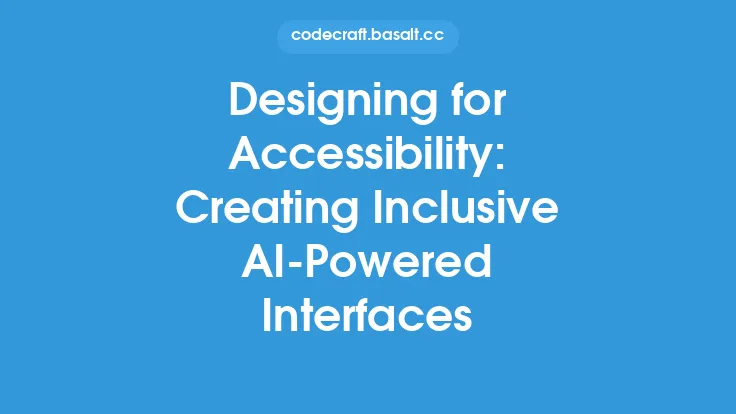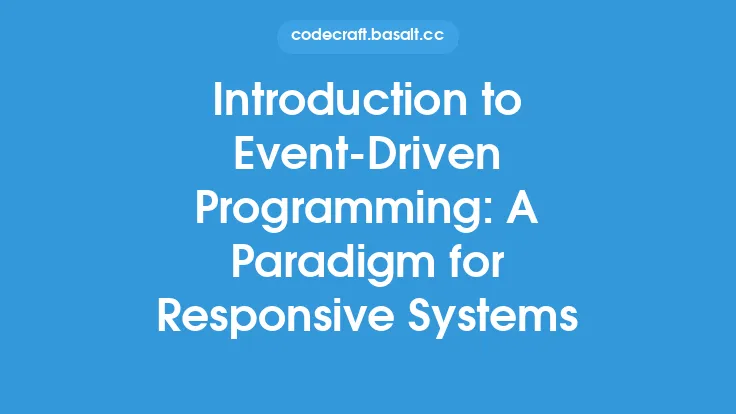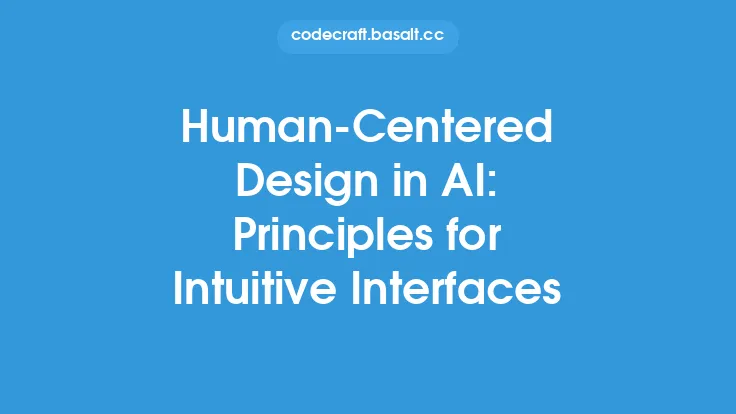The development of artificial intelligence (AI) systems that effectively meet user needs is a complex task that requires a deep understanding of human-computer interaction. AI-driven requirements gathering is a crucial step in this process, as it enables developers to identify and prioritize the needs of their users. In this article, we will explore a framework for AI-driven requirements gathering that can help developers create AI systems that are intuitive, effective, and user-friendly.
Introduction to AI-Driven Requirements Gathering
AI-driven requirements gathering is a process that uses machine learning algorithms and natural language processing techniques to analyze user feedback, behavior, and preferences. This information is then used to identify patterns and trends that can inform the development of AI systems. The goal of AI-driven requirements gathering is to create a comprehensive understanding of user needs, which can be used to guide the design and development of AI systems.
The Importance of User Needs in AI System Development
User needs are a critical component of AI system development, as they provide the foundation for creating systems that are intuitive, effective, and user-friendly. When developers understand the needs of their users, they can design systems that meet those needs, which can lead to increased user satisfaction, engagement, and adoption. Conversely, when developers fail to understand user needs, they risk creating systems that are cumbersome, difficult to use, and ultimately, unsuccessful.
A Framework for AI-Driven Requirements Gathering
A framework for AI-driven requirements gathering typically consists of several key components, including:
- Data Collection: This involves gathering data on user behavior, feedback, and preferences. This data can come from a variety of sources, including user surveys, feedback forms, and system logs.
- Data Analysis: This involves using machine learning algorithms and natural language processing techniques to analyze the data collected in the previous step. The goal of this analysis is to identify patterns and trends that can inform the development of AI systems.
- Pattern Identification: This involves identifying patterns and trends in the data that can be used to inform the development of AI systems. For example, if the data shows that users are consistently struggling with a particular task, the developer may prioritize the development of a feature that simplifies that task.
- Requirements Definition: This involves using the patterns and trends identified in the previous step to define the requirements of the AI system. This may involve creating user stories, use cases, or other types of requirements definitions.
- Prioritization: This involves prioritizing the requirements defined in the previous step based on their importance and feasibility. This ensures that the most critical requirements are addressed first, and that the development process is focused on creating a system that meets the most pressing needs of the users.
Technical Considerations for AI-Driven Requirements Gathering
From a technical perspective, AI-driven requirements gathering involves the use of several key technologies, including:
- Natural Language Processing (NLP): This involves the use of NLP algorithms to analyze user feedback and behavior. NLP algorithms can be used to identify sentiment, intent, and other key aspects of user behavior.
- Machine Learning: This involves the use of machine learning algorithms to identify patterns and trends in the data. Machine learning algorithms can be used to classify user behavior, predict user needs, and identify areas for improvement.
- Data Mining: This involves the use of data mining techniques to identify patterns and trends in large datasets. Data mining can be used to identify areas for improvement, predict user behavior, and optimize system performance.
Best Practices for AI-Driven Requirements Gathering
To ensure the success of AI-driven requirements gathering, developers should follow several best practices, including:
- Involve Users in the Development Process: This involves engaging with users throughout the development process to ensure that their needs are being met.
- Use Multiple Data Sources: This involves using multiple data sources to gather a comprehensive understanding of user needs.
- Prioritize Requirements: This involves prioritizing requirements based on their importance and feasibility.
- Continuously Monitor and Evaluate: This involves continuously monitoring and evaluating the AI system to ensure that it is meeting user needs and making adjustments as necessary.
Challenges and Limitations of AI-Driven Requirements Gathering
While AI-driven requirements gathering offers many benefits, it also presents several challenges and limitations, including:
- Data Quality: The quality of the data used in AI-driven requirements gathering is critical to its success. Poor data quality can lead to inaccurate or incomplete requirements definitions.
- Bias: AI-driven requirements gathering can be biased towards certain types of users or behaviors, which can lead to incomplete or inaccurate requirements definitions.
- Complexity: AI-driven requirements gathering can be complex and require significant technical expertise, which can be a barrier to adoption.
Conclusion
AI-driven requirements gathering is a powerful tool for creating AI systems that meet user needs. By using machine learning algorithms and natural language processing techniques to analyze user feedback, behavior, and preferences, developers can create a comprehensive understanding of user needs that can inform the development of AI systems. While there are challenges and limitations to AI-driven requirements gathering, the benefits of this approach make it an essential component of any AI system development process. By following best practices and using the framework outlined in this article, developers can create AI systems that are intuitive, effective, and user-friendly.





